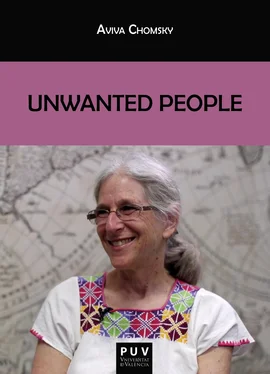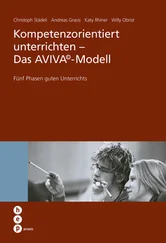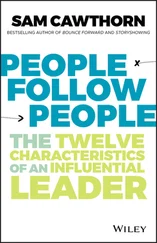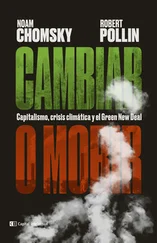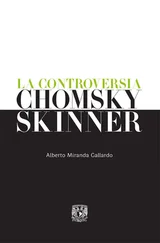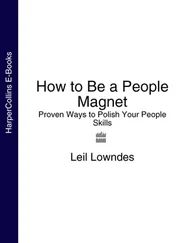Wakanda asks us to imagine not just refuge from colonial domination, but an autonomous African path to modernity, technological development, and economic development. It’s based on the conceit that Wakanda was able to escape European colonial pillage and rule, and was actually able to develop its own social, economic, and cultural forms. Critics have been quick to complain that Wakanda is a monarchy, that it’s tribal, that it’s male-dominated, that the film asks us to glorify the wealth and power of the royal family. “More like Kuwait than Denmark,” one of my colleagues remarked. But that’s not the point. Wakanda aspires to be neither Denmark with its colonial wealth, nor Kuwait with its exploitation of foreign migrant labor and economy based on the export of fossil fuels. Rather, it harks to movements for food sovereignty, autonomy, and rejection of a colonial world system and economy.
Not only does the film take on the political economy of colonialism in Africa, it also raises the question of how colonialism shaped the African diaspora. The film’s ideas about the long impact of colonialism on the African diaspora are perhaps even more complex and contested than those about Africa itself.
The diaspora is represented primarily through the character of Eric Killmonger, the black American pretender to the throne who on the surface appears to be the film’s villain. In a thoughtful piece in the Boston Review , Christopher Lebron argued that the film engaged in “shocking devaluation of black American men.” While Wakanda survives and thrives by withdrawing from the world, Killmonger argues that Wakanda’s miracle mineral should be used for a global black liberation struggle. For Lebron, the film discards Killmonger’s revolutionary vision: “Rather than the enlightened radical, he comes across as the black thug from Oakland hell bent on killing for killing’s sake—indeed, his body is marked with a scar for every kill he has made. The abundant evidence of his efficacy does not establish Killmonger as a hero or villain so much as a receptacle for tropes of inner-city gangsterism.” For Lebron, the main message of the movie is “the bad guy is the black American who has rightly identified white supremacy as the reigning threat to black well-being; the bad guy is the one who thinks Wakanda is being selfish in its secret liberation; the bad guy is the one who will no longer stand for patience and moderation—he thinks liberation is many, many decades overdue. And the black hero snuffs him out.”
But I think the film could be read differently. If Killmonger is the villain, he is a decidedly complex and tragic one, and his life story could also be read as a trenchant critique of empire. Wakandans may have taken advantage of their isolation to develop their own society, but it’s Killmonger who has lived and truly analyzed the political economy of colonialism. He goads a (white) guide at the British Museum into explaining the provenance of the African artifacts there, then turns on her to demand “How do you think your ancestors got these? Do you think they paid a fair price? Or did they take it, like they took everything else?”
Killmonger’s vision for black liberation has been distorted, not by his advocacy of violence to overthrow white supremacy, but by the non-Wakandan, American, white supremacist world that formed him. In particular, his military service for the U.S. empire, serving the colonial enterprise in Iraq and Afghanistan. When Killmonger boasts that “the sun will never set on the Wakandan empire” he is clearly reflecting his imperial education. Neither his glorification of violence – nor, by extension the violence that has plagued the black community in the heart of empire (“Everybody dies, it’s just life around here,” Killmonger says of Oakland)–nor his attraction to the colonialist mentality grow from his blackness. Rather, they are a reflection of the empire that trained and armed him.
The film ends with Wakanda’s king returning to the gritty Oakland basketball court where the young Killmonger was playing when his father was murdered. The king comes bearing technology and promises. For Lebron, his promises of aid embody “the preferred solution of mega-rich neoliberals: educational programming.” This is one possible interpretation: I too felt my heart sink that such a powerful film would end on such a weak note. But perhaps the promise to bring technology, aid, and education to the inner city could also be seen in the context of revolutionary liberation movements from the Black Panthers to the Cuban Revolution, which in some ways enacted their revolutionary vision by creating Che Guevara’s one, two, three, many Wakandas. That is, political liberation means nothing without socioeconomic transformation, and whether it’s community breakfast programs or free health care, these are precisely the kind of rights that Third World communities at home and abroad are fighting for. Whether programs like these come through paternalistic charity aimed at sustaining the larger, unjust social order, or through a revolutionary project to overturn it, depends on the context. In the end, despite some ambiguity, I think the context of the film allows us to understand Wakanda’s stance as revolutionary solidarity rather than charity.
Because this film is not just about poverty and it’s not just about race: it’s about colonialism. (“Don’t scare me like that, colonizer!” Shuri exclaims to the white CIA agent.) The film asks us to think about the impact of 500 years of European colonialism on Africa and the African diaspora, and to imagine both what could have been, without colonialism, and what could be, if colonialism is overturned. To me, that’s revolutionary enough.
(2018)
4
Boston’s Worker Centers in the Shadow of Trump
Since the founding of the AFL (later AFL-CIO) in the late nineteenth century, the federation has faced the dilemma of whether to preserve worker gains by fighting to keep immigrant workers out, or whether to broaden its base by welcoming and organizing immigrants. With the tectonic shifts in the U.S. economy and labor market at the end of the twentieth century, accompanied by a new wave of immigration, these questions became even more acute. Unions shrank and working conditions and benefits crumbled, while new sectors like fast food, subcontracted cleaning services, and food processing eagerly employed new immigrants especially from Asia and Latin America.
Many of these jobs were low paid, precarious, and temporary. Workers might be hard to organize because they lacked legal status, thus permission to work, in the United States. Many considered their presence in the United States temporary, and cared more about earning quickly to return home, rather than investing in campaigns for better working conditions in the long run. Some spoke little or no English. Many worked in isolated conditions, legally classified as independent contractors rather than employees. Some worked for small businesses owned by members of their own immigrant community, or for family members. Traditional unions tended to assume they’d be impossible to organize. They are frequently excluded from both academic and popular concepts of the category “working class.”
Nevertheless of course most immigrants are workers, and the worker center movement arose in the 1990s to organize them outside of formal union structures. Many come with union organizing or other political experience in their home countries. Many share experiences of marginalization and inequality beyond the workplace, including inadequate housing, underfunded schools, poor public transportation, precarious legal status, and racism. Many have a deep understanding of the global economy, having witnessed maquiladoras, plantations, foreign-owned mines, or tourism industries in their own countries. Many have very strong social networks through church, sports leagues, and family. If organized labor truly seeks to strengthen social movement unionism, or what Jane McAlevey calls “whole worker organizing,” immigrant workers have a lot to offer to the process. Under the Trump Administration, strengthening links between immigrant rights and worker rights is more essential than ever.
Читать дальше
